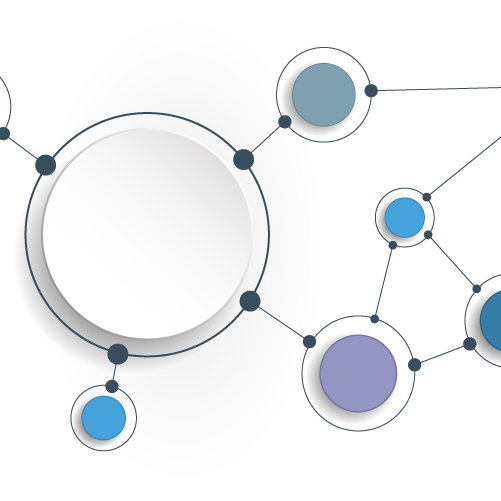SCRM Library Updates
A Proposal for a Zero-Trust-Based Multi-Level Security Model and Its Security Controls
The rapid advancement of technology and increasing data utilisation have underscored the need for new models to manage and secure…
Building a Zero Trust Federation
Zero trust is a security paradigm whose fundamental philosophy is that every access to a resource must be explicitly verified,…
Zero Trust Privacy Assessment and Guidance
This publication provides guidance on how to use Zero Trust in privacy implementation. It highlights the core principles of privacy…
Managing supply chain resilience assessment model-relevant factors and activities using an FCM-FBWM approach
Supply chain resilience is essential for companies to survive in today’s competitive market, as they face environmental and unforeseeable challenges in…
Same destination, different roadmaps: the journey to zero trust architecture
While all federal agencies are striving to reach the same place, no two agencies are taking the same path to…
President Biden Formalizes White House Council on Supply Chain Resilience
On June 14, 2024, President Biden issued an Executive Order on White House Council on Supply Chain Resilience (the “Order”). The Order,…
Recent SCRM News
TSA seeks OMB approval to extend pipeline security and cyber incident reporting requirements
The U.S. Department of Homeland Security issued a 30-day notice that the Transportation Security Administration (TSA) has submitted an Information…
A Proposal for a Zero-Trust-Based Multi-Level Security Model and Its Security Controls
The rapid advancement of technology and increasing data utilisation have underscored the need for new models to manage and secure…
Fashion giant Dior discloses cyberattack, warns of data breach
House of Dior, the French luxury fashion brand commonly referred to as Dior, has disclosed a cybersecurity incident that has…
US House Approves Bill to Assess Security Threats Posed by Foreign-Made Routers
A new bill requiring the US Commerce Department to assess the national security risks associated with routers and modems controlled…
Building a Zero Trust Federation
Zero trust is a security paradigm whose fundamental philosophy is that every access to a resource must be explicitly verified,…
China has stopped exporting rare earths to everyone, not just the U.S., cutting off critical materials for tech, autos, aerospace, and defense
After Trump unveiled his “Liberation Day” tariffs on April 2, China retaliated on April 4 with its own duties as well as…
SCRM Events
Cloud Exchange 2025
As agencies expand the depth and breadth of their cloud use, civilian and defense IT teams are focused on managing…
Federal Executive Forum Zero Trust Strategies in Government Progress and Best Practices 2025
Webinar Jun 4, 2025 1:00 p.m. ET How far have agencies progressed in their zero trust journey, and how have strategies…
Inside the new era of cyber extortion and cloud threats
Gain critical insights that can shape your cyber defense strategy in 2025 and beyond. Explore how techniques are shifting, what…
Federal Executive Forum Secure Cloud Computing Strategies in Government Progress and Best Practices 2025
Cloud technology continues to play an integral role in driving innovation at federal agencies. As use cases become increasingly complex,…
Accelerate Together: Zero Trust 2025
During this one-day event, technology and systems engineering leaders from AWS and its partners will detail the ways their tools…
OSINT Unveiled: The Technology Behind the Intelligence – ODNI Edition
Feb 27, 2025 2:00 p.m. ET – Webinar Join us for a discussion on the evolving role of OSINT in national…






